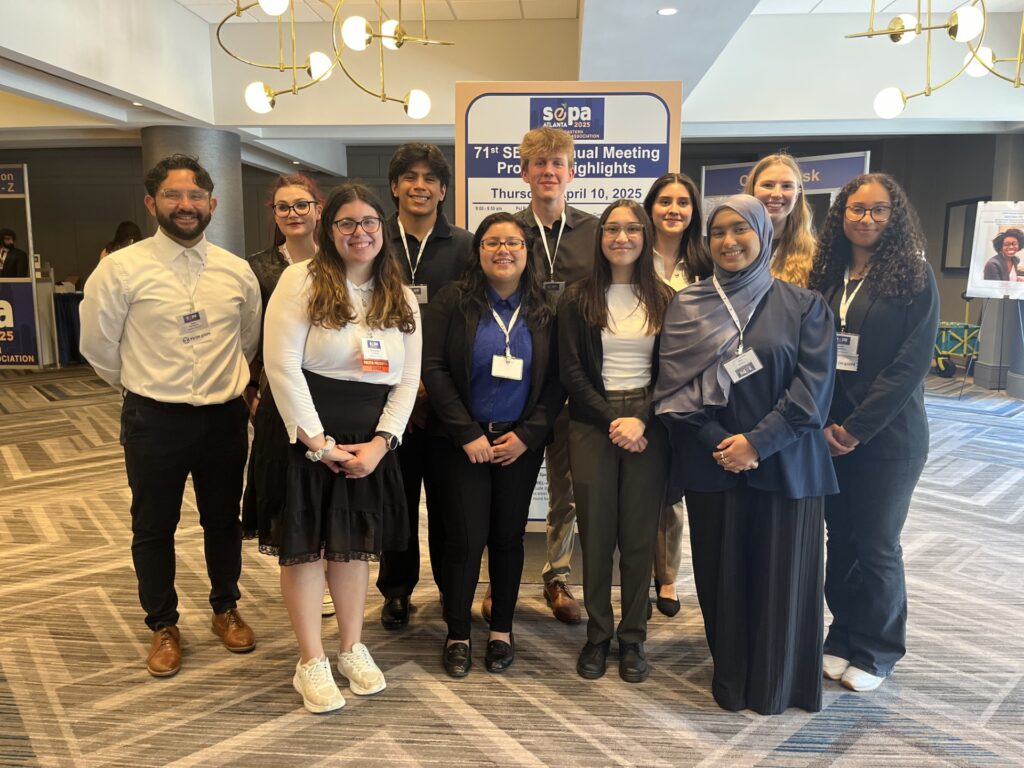The Oglethorpe University Museum of Art (OUMA) continues its year-long celebration of accessibility and disability pride with a new, dynamic exhibition featuring the work of eight Deaf artists. Feel the Music: Deaf Creatives in OUMA is an immersive and highly technical experience including five screens that continuously display performances, listening booths and photographs capturing the artists in action. The opening day celebration is scheduled for 1- 4 p.m., Sept. 21.
“We are excited to present an exhibition that challenges the limited views of how music can be experienced across all spectrums of hearing,” says Aleatha Lindsay, curator of The Gaze and founder of The Ikouii Creative. “While it may differ from their hearing counterparts, these groundbreaking d/Deaf and hard of hearing creatives prove music can still be enjoyed in its full capacity regardless of where you fall on the hearing spectrum.”
A highlight of the exhibition is the work of Portland-based artist Myles de Bastion with Cymatic Star II. Cymatic Star II is an interactive light and sound display. As visitors approach this installation, their ambient sounds are visually represented by LED triangular shapes on the wall. According to de Bastion, “A spectrum of colors shows the sound’s dynamics. Softer, higher frequency sounds are cooler colors and louder, lower frequency sounds are warmer colors. A visual representation of these sound-waves ripple outward, across the triangles at 1/100th the speed of sound.”
The Opening Day Celebration is open to the public and will feature performances, video and audio booths, a “silent disco” party, and more. The Georgia Center of the Deaf and Hard of Hearing will also offer additional support for visitors.
“The Gaze,” another exhibit spotlighting artists living with disabilities, is also on view through Dec. 1.
(Note: “Deaf” with a capital “D” is used to refer to people who have been deaf all their lives, or since before they started to learn to talk. They are pre-lingually deaf. It is an important distinction, because Deaf people tend to communicate in sign language as their first language. For most Deaf people English is a second language, and understanding complicated messages in English can be a problem. Source: signhealth.org)







